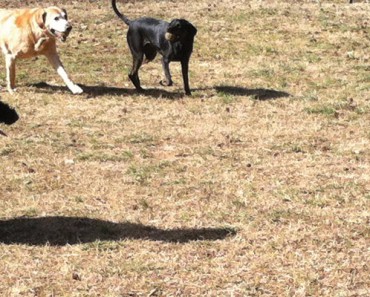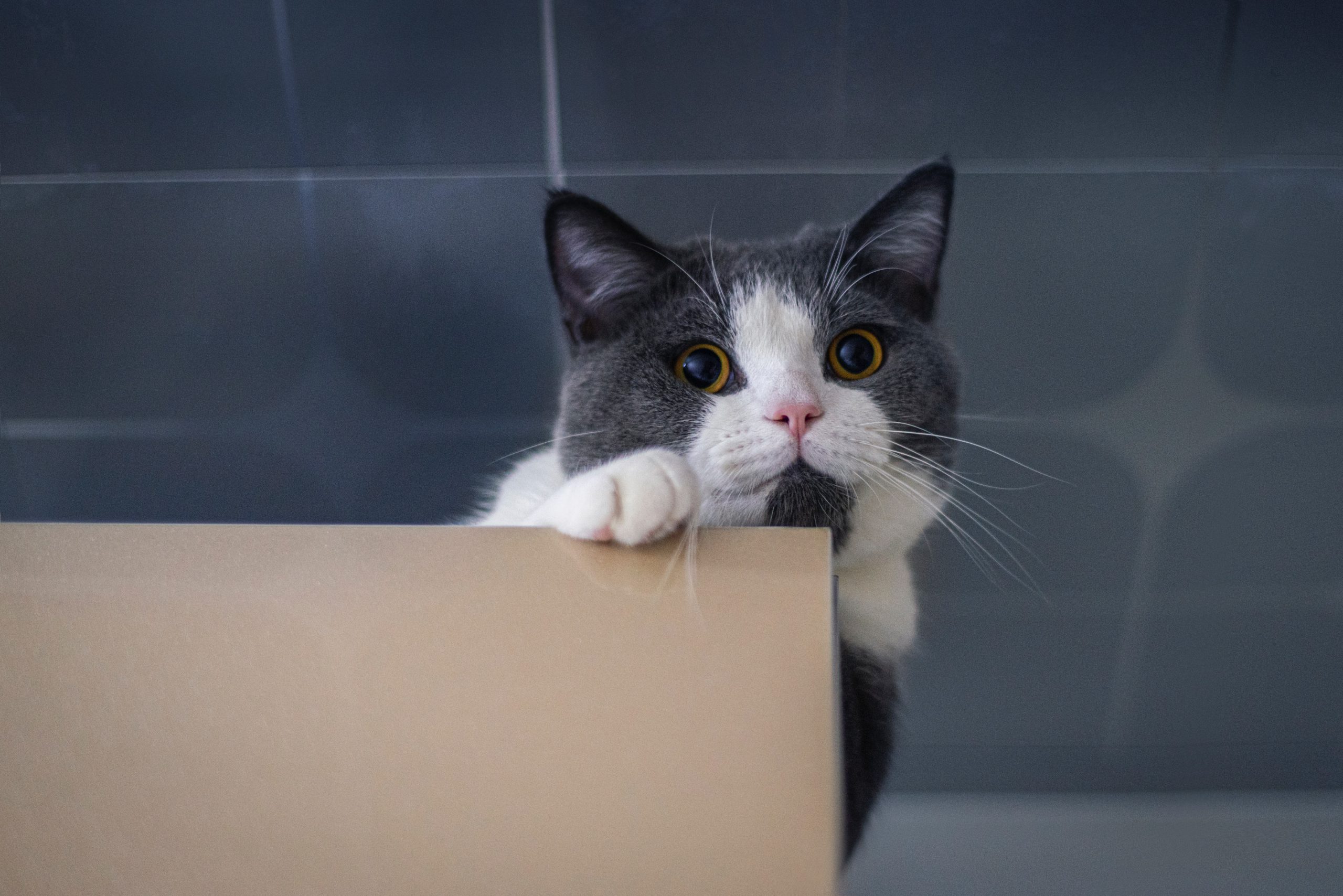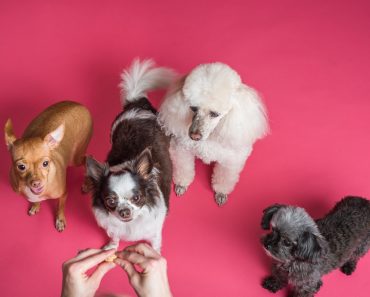Dog agility training can be great fun, whether training for competitions or just looking for a new activity with your pet. Most commonly done with dogs, pet agility training provides structured training activities and exercise for both pets and human companions alike. In agility trials, pets compete off-leash with their handlers on timed courses.
Dog agility training for dogs is based roughly on equestrian stadium jumping competitions, and was first introduced at the Crufts pet Show in England in 1979. Pet agility training was originally intended purely as entertainment for spectators at the show, but interest in competitive pet agility training quickly grew.
Dog agility training equipment includes obstacles such as jumps, tunnels, closed tunnels, weave poles, pause tables, A-frames, pet walks, see-saws and tire jumps. Pet agility training equipment is made from a variety of materials and can be intended for short-term use (for example, backyard fun or if you are just starting out and unsure agility training is right for you and your pet) or competition-caliber equipment. Resources abound to purchase ready-made equipment, or you can find instructions to build some obstacles on your own using common materials such as PVC pipe. Since pet agility training equipment is used in competition, most equipment and instructions to build your own equipment are standard.
In Dog agility training competitions, the obstacles are arranged in different order and different configurations for each competition. The pets and handlers have a set amount of time prior to the competition to familiarize themselves with the course. Handlers may give any verbal or hand signals to their pets, but cannot touch the pets or the equipment in any way. The difficulty of the course varies, depending on the level of the competition. Pets are divided into classes based upon the height of the dogs; these classes determine the height of various obstacles on the course. The height of the obstacles are based on the height of the shortest dog in each class.
Whether you want to train your pet to compete or just have fun, pet agility training can provide hours of fun and good exercise for you and your pet. Training a pet to use agility equipment takes time and patience. Be sure your pet is in good physical health before beginning training. Always monitor your pet carefully and take care not to push too hard in training. You will want to be sure you have plenty of treats or non-food rewards to praise your pet for a job well done. Many pets, when rewarded with praise or treats, perform very well at pet agility training.






